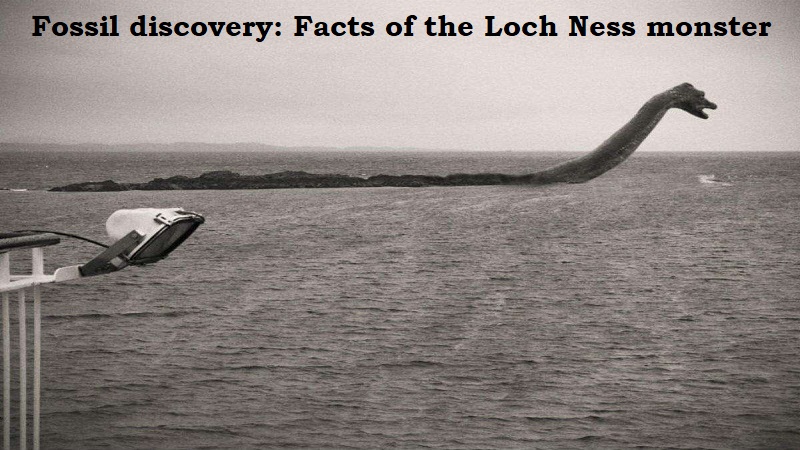
According to British scientists, it is ‘plausible’ that the Loch Ness Monster, sometimes known as Nessie, exists. According to researchers, they have preserved remains of small plesiosaurs, long-necked marine reptiles from the order Plesiosauria, which lived during the time of the dinosaurs.
According to the experts, the fossils contain teeth and bones from three-meter-long adults. There is also a 1.5-meter-long arm bone discovered.
These creatures first appeared, according to experts, in the Late Triassic. They claimed that during the Jurassic era, became particularly widespread.
When we discuss the Loch Ness monster, we are discussing Scottish legend. In the Scottish Highlands, a loch is said to be their home. While some people think Loch Ness is real, many others think it is a hoax.
Large, long-necked, and with one or more humps sticking out of the water, the Loch Ness monster is frequently described as looking a lot like plesiosaurs. In 1933, Loch Ness came to the attention of the entire world.
Now, after the fossils were discovered in a 100-million-year-old river system that is now Morocco’s Sahara Desert, it was suggested that Loch Ness may have existed. It implies that they might have resided near freshwater.
The results, which were reported in the journal Cretaceous Research, imply that the plesiosaurs may have been modified to tolerate freshwater.
David Martill, the co-author of the paper, said: ‘What amazes me is that the ancient Moroccan river contained so many carnivores all living alongside each other. This was no place to go for a swim.’
Dr Longrich, the corresponding author on the paper, said: ‘We don’t really know why the plesiosaurs are in freshwater. It’s a bit controversial, but who’s to say that because we palaeontologists have always called them ‘marine reptiles’, they had to live in the sea? Lots of marine lineages invaded freshwater.’
In a news release, the University of Bath stated that the new finding demonstrated that the Loch Ness Monster was ‘on one level, conceivable.’
It said: ‘Plesiosaurs lived in freshwater habitats as well as the sea. However, the fossil record also implies that the final plesiosaurs perished 66 million years ago, around the same time as the dinosaurs, 66 million years ago.’

Post Your Comments